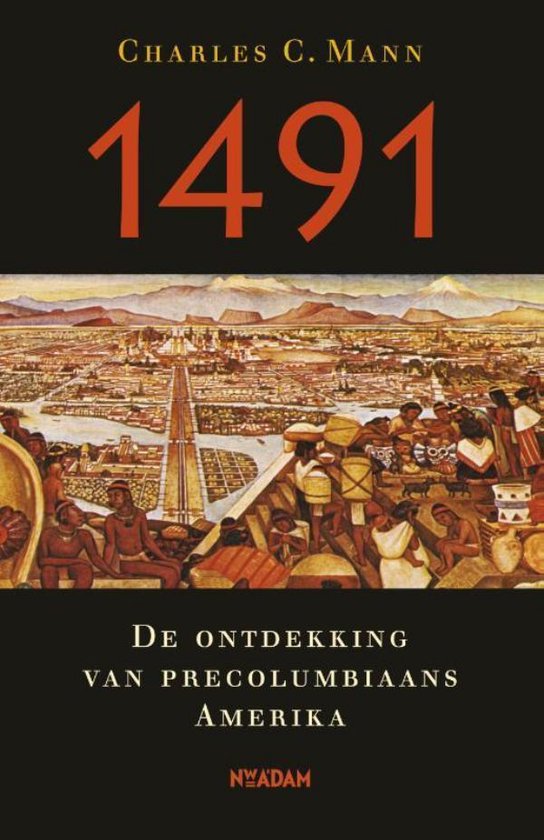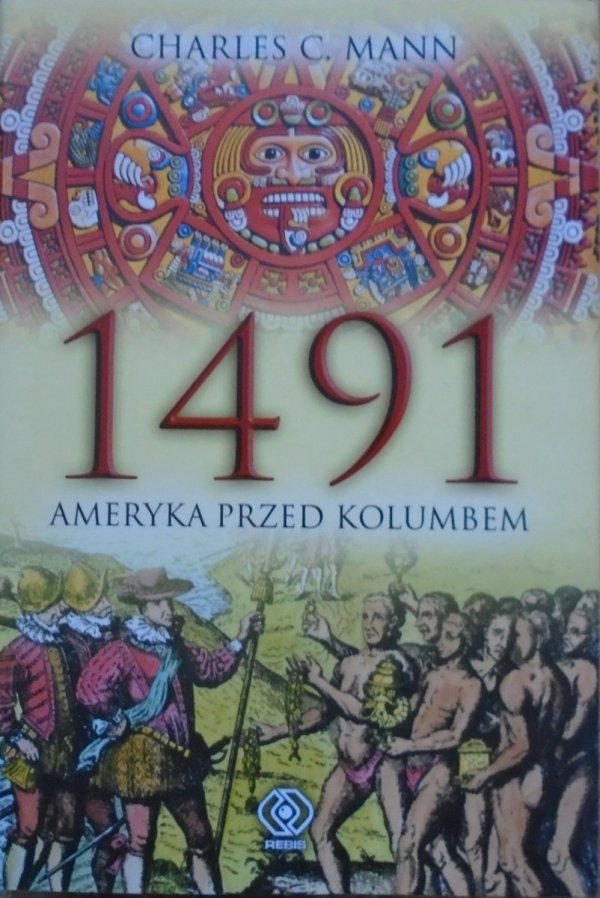

The story of Cortés's dramatic siege of Tenochtitlan, however, is overshadowed by another phenomenon: an epidemic that ripped through the territory of the Triple Alliance, decimating the native population. Following the history of the Mexica and their rise to prominence in the Triple Alliance (also known as the Aztec Empire), Chapter 4 presents the city of Tenochtitlan as a vast metropolis, the likes of which Cortés and the conquistadors had never seen. In Chapter 4, "Frequently Asked Questions", Mann focuses on the Aztec Empire, and the arrival of Hernán Cortés in 1519. The arrival of Pizzaro and the down of the last Inca emperor, Atawallpa, coincides with what the author identifies as a particularly precarious moment in the Inca Empire's history: a succession crisis at a moment of high centralization. Chapter 3 describe the meteoric rise of the Inca over the 15th century, its leaders (each titled "The Inca"), and their conflicts and contributions. The Inca are, to Charles Mann, an empire akin to its contemporaries in Eurasia. Throughout the chapter, Mann emphasizes the "imperial" character of the Inca-the centralization of rule, their incorporation of different cultures and communities, and the sheer scale and scope of their territory.

The third chapter of 1491 describes the dramatic rise and fall of the Inca Empire. Mann highlights how traditional accounts of the story tend to ignore the convoluted politics of the tribes of the region, as well as Tisquantum's own complex motivations.

Mann's account of this aid provides the political significance behind Tisquantum's act, as well as how his own personal story influenced his motives. "Billington"-the surname of a settler and an ancestor of Mann himself-survives only because of Tisquantum's aid to the colony. Mann expands the historical context of Squanto’s story. Chapter 2, "Why Billington Survived" tells the story of Tisquantum, also known as "Squanto," and his aid to the Pilgrims.


 0 kommentar(er)
0 kommentar(er)
